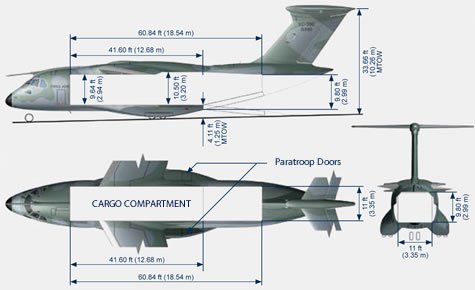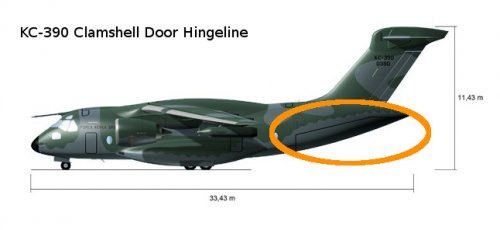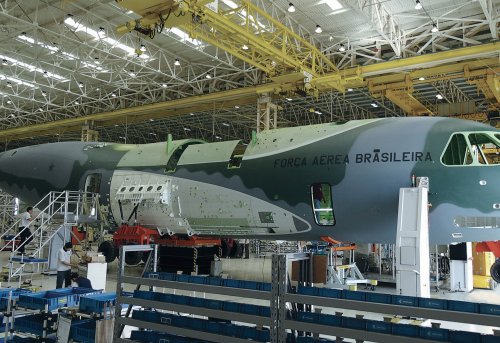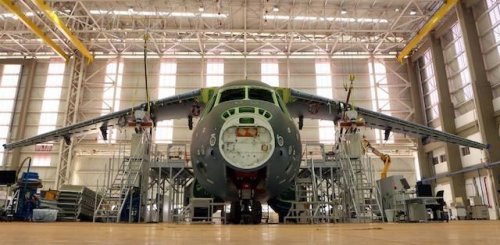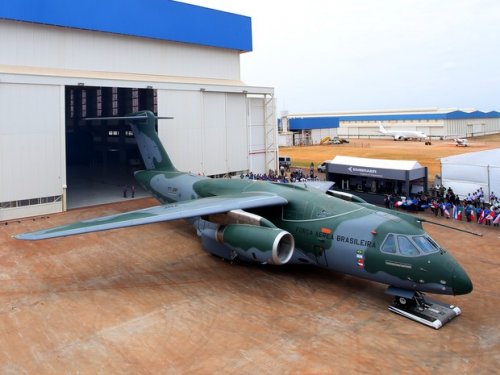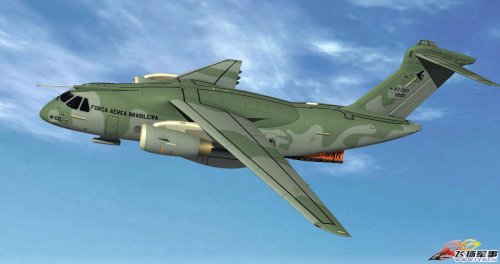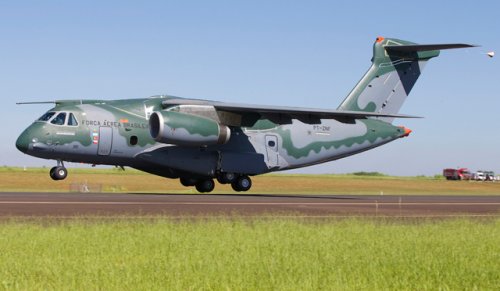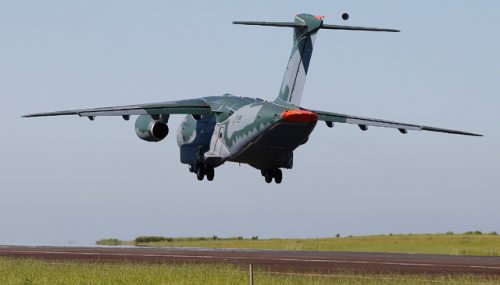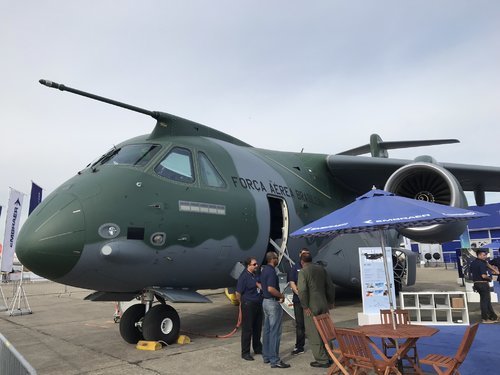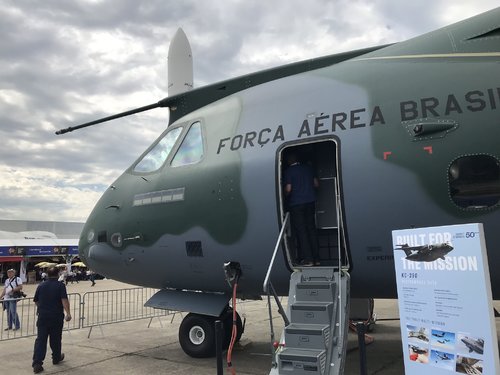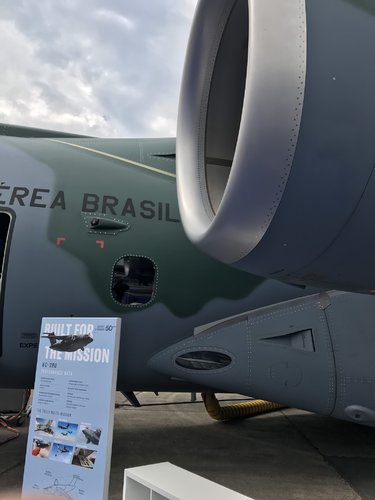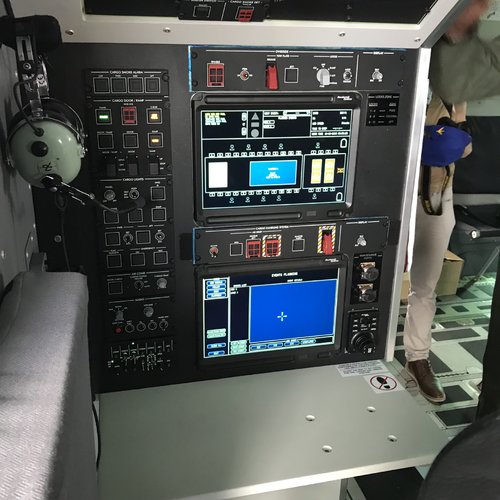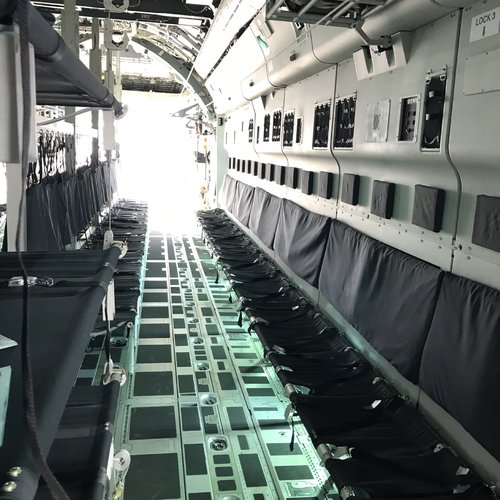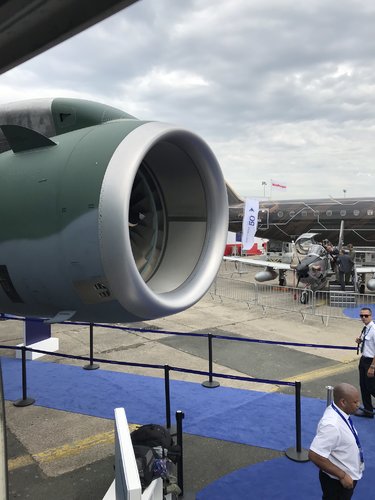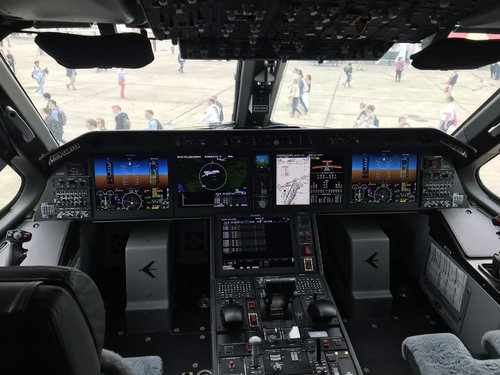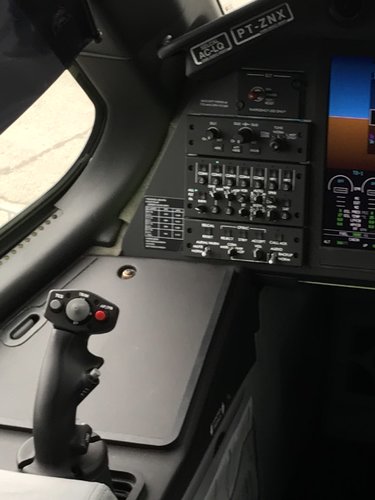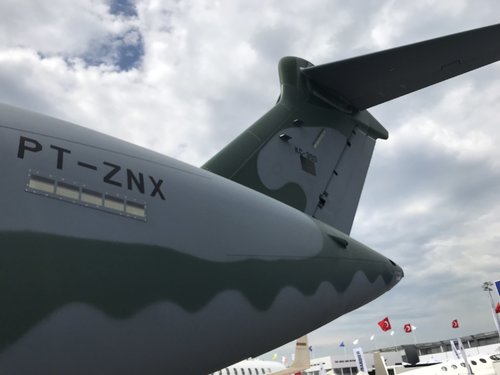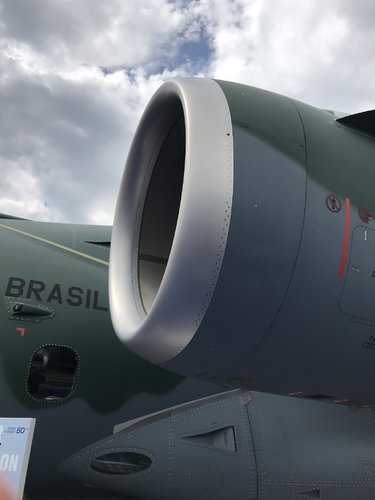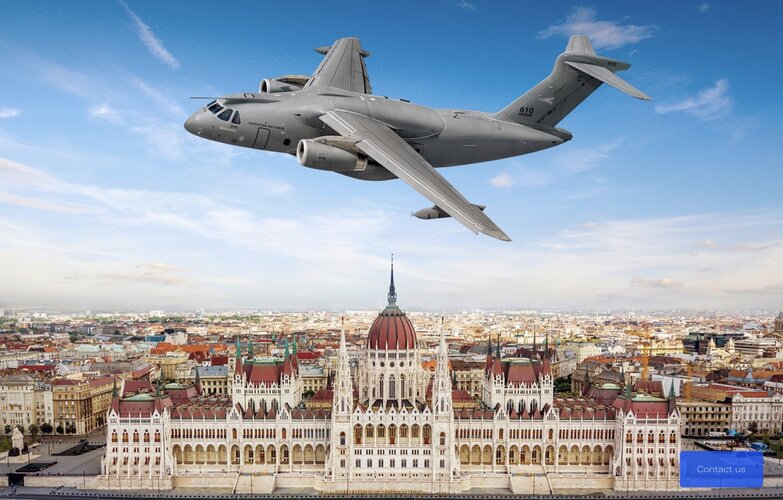Kiltonge
Greetings Earthling
- Joined
- 24 January 2013
- Messages
- 631
- Reaction score
- 1,179
I thought initially they might have meant that the hingeline of the swing-down bulkhead could be moved fore and aft, but I think it's fixed in position which makes the design similar to that of the Il-76 et al.
This diagram shows how much space is lost as a result; nearly six metres of the aft compartment cannot be pressurized assuming the bulkhead is where AvWeek noted ( the 12.68 metre position ).
EMBRAER are also very coy about showing aft views of the renderings but it looks like it is the Soviet pattern of clamshell doors and ramp ( see second image, which matches the mockup in the AvWeek article ). In 2014 it seems very archaic to have adopted this arrangement instead of pressure-sealing rear ramps. Any good images of the aft fuselage built by Aero to confirm / deny?
And I see they adopted the 'C-17 tail' too - seems to be a fad at the moment with airlifters.
This diagram shows how much space is lost as a result; nearly six metres of the aft compartment cannot be pressurized assuming the bulkhead is where AvWeek noted ( the 12.68 metre position ).
EMBRAER are also very coy about showing aft views of the renderings but it looks like it is the Soviet pattern of clamshell doors and ramp ( see second image, which matches the mockup in the AvWeek article ). In 2014 it seems very archaic to have adopted this arrangement instead of pressure-sealing rear ramps. Any good images of the aft fuselage built by Aero to confirm / deny?
And I see they adopted the 'C-17 tail' too - seems to be a fad at the moment with airlifters.

